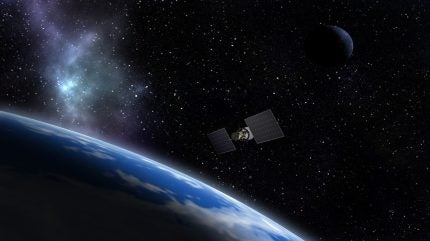
The UK Ministry of Defence (MoD) has signed a contract with Surrey Satellite Technology Limited (SSTL) for the development of a new satellite, named Juno.
Juno, expected to launch in 2027, will be equipped with advanced imagery sensors. The new satellite will be capable of capturing daytime images of the Earth’s surface, enhancing the nation’s intelligence, surveillance, and reconnaissance (ISR) capabilities.
This £40m ($43.60m) project is set to support approximately 200 skilled jobs, providing a boost to the UK’s space sector and contributing to economic growth. The contract was awarded via competitive procurement.
Juno and UK Space Command’s first satellite Tyche are components of the MoD’s space-based ISR programme, which aims to deliver a constellation of satellites and supporting ground systems by 2031.
These satellites will support military operations, such as monitoring adversary activities, as well as contribute to other government tasks.
This includes natural disaster monitoring, the development of mapping information, environmental monitoring, and tracking the impact of climate change globally.
Air chief marshal Sir Rich Knighton said: “With these Earth Observation satellites on orbit, UK Space Command and defence will be better equipped to conduct all-domain military operations and deliver assured space-based intelligence, surveillance, and reconnaissance to the joint force and our allies.”
SSTL managing director Andrew Cawthorne added: “Juno will offer a step change in imaging capability over Tyche, SSTL’s demonstrator spacecraft which launched in August and is now being operated for UK Space Command.”
Separately, the Japan Aerospace Exploration Agency (JAXA) has launched the X-band defence communication satellite-3 aboard the fourth H3 Launch Vehicle from the Tanegashima Space Centre.
The launch vehicle performed as expected, and the satellite separation occurred approximately 29 minutes and 11 seconds post-liftoff.
The H3 series is poised to replace Japan’s current mainstay H2A vehicle, which has been a key part of the country’s space development for more than two decades and is scheduled for retirement by the end of March after its final launch.



